Prostrating pilgrimage is one of Buddhism’s most profound and devout practices, where participants walk with palms pressed together, fully prostrating themselves every three steps as they advance towards sacred Buddhist sites. This unified reverence of body, mind, and action serves not only as a solemn ritual to honour the Buddha, but also as an inward journey of surrender and purification.
To mark Tzu Chi’s 59th anniversary, three prostrating pilgrimage sessions were held at the KL Tzu-Chi Jing Si Hall on April 26, 27, and May 1, 2025, drawing over 4,600 volunteers and members of the public. At dawn’s first light, orderly lines stretched along the front road, and flanked both sides of the Jing Si Hall compound, forming a scene of solemnity and grace.
◎ Each bow a surrender
A gentle breeze stirred as the chanting of the “Incense Praise” and “Praise to the Buddha” echoed across the premises. Guided by the sound of the ceremonial bell and the rhythmic recitation of the Buddha’s name, the procession moved forward, taking three steps before prostrating themselves fully, foreheads touching the ground, palms turned skyward.
Despite sweat-drenched clothes, participants of all ages pressed on. Young children from the Da Ai Kindergarten earnestly mimicked the prostrations with their tiny frames, while those using wheelchairs or facing physical limitations joined in their own ways, but with equal reverence. Each mindful step and bow was an act of letting go, initiating a dialogue with heaven and earth.
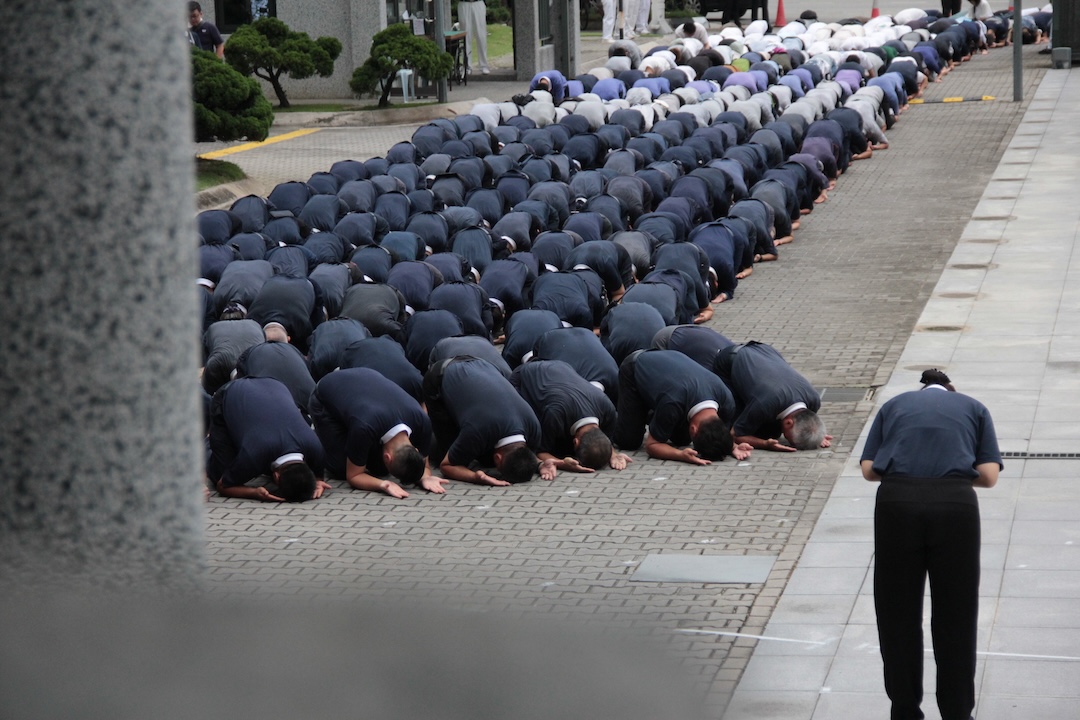
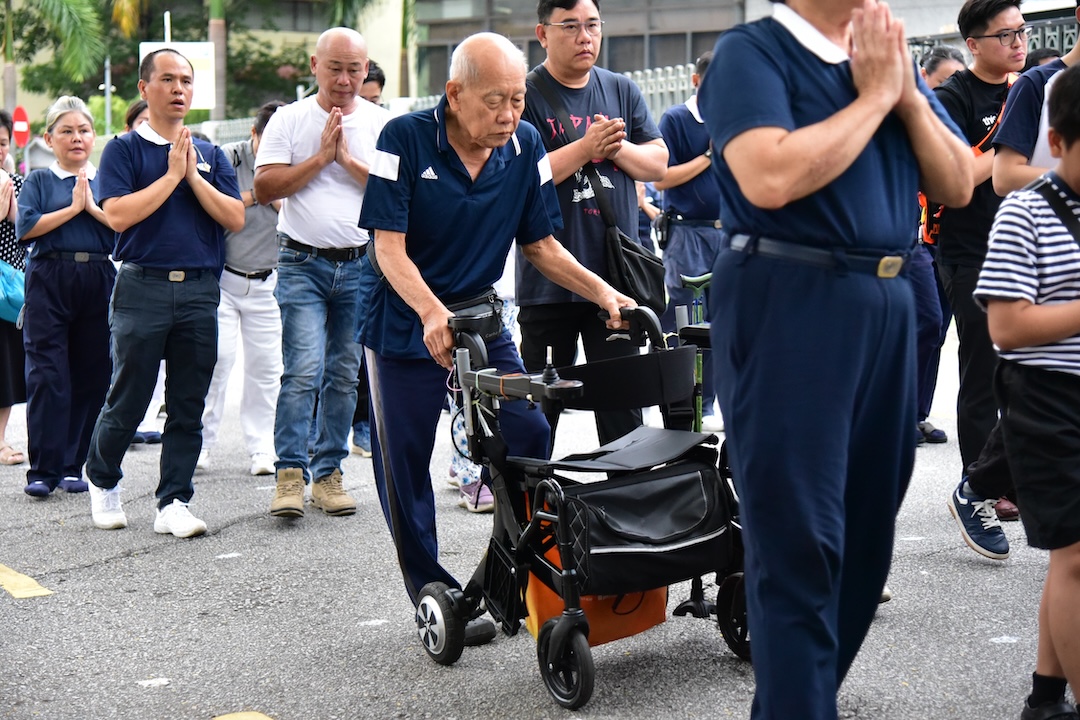
◎ Boundless Dharma joy
Among the participants, one figure stood out quietly. Reverend Bhagya, a nun from the Tibetan Buddhist tradition, sat calmly in meditation, draped in maroon robes before the ceremony began.
Rev. Bhagya had travelled to India for her early spiritual formation before returning to Malaysia to continue propagating the Dharma. This time, she participated in the pilgrimage at volunteer Ravina’s invitation.
Although unconversant in Chinese, Rev. Bhagya moved with natural grace, synchronising seamlessly with the rhythm of the recitations. With each prostration, she first lifted her pressed palms to her forehead before drawing them to her chest, every gesture exemplifying utmost reverence. She commended Tzu Chi’s prostrating pilgrimage as a collective spiritual practice rooted in love and compassion, noting how the pure and solemn atmosphere suffused participants with Dharma joy.
Rev. Bhagya reflected, “Spiritual practice isn’t about withdrawal from the world, but about living with compassion and helping others.” With gentle earnestness, she reminded us that it is rare to be born a human and to encounter the Dharma. “However, as long as one is willing to walk steadfastly, step by step, one can live a meaningful life,” she assured.
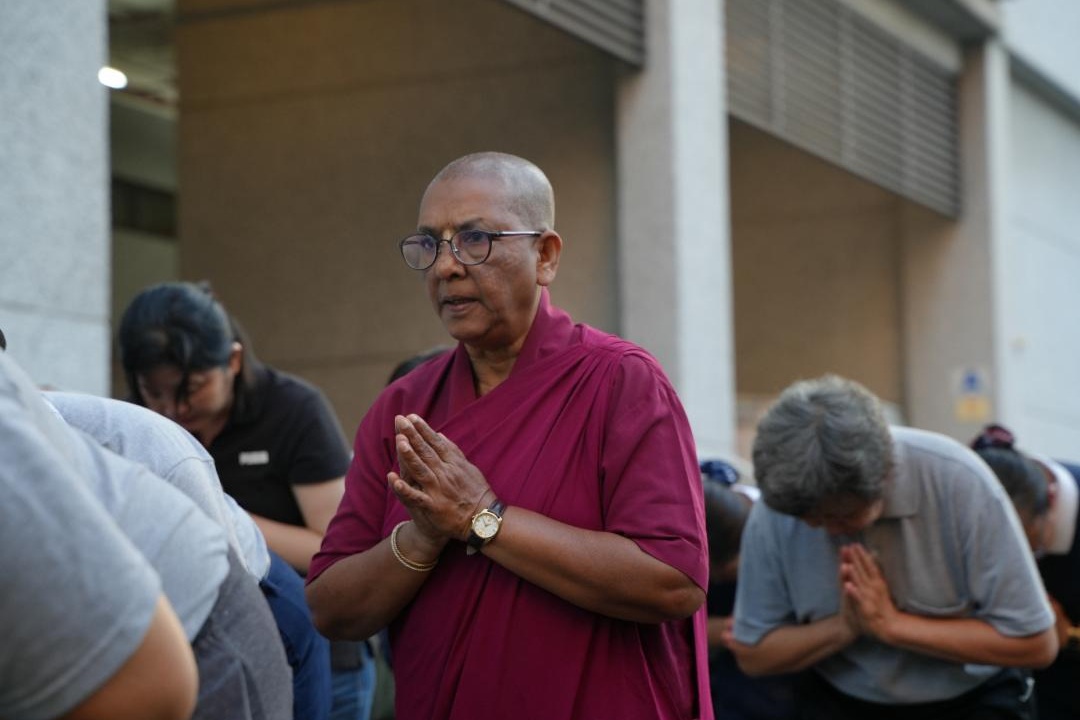
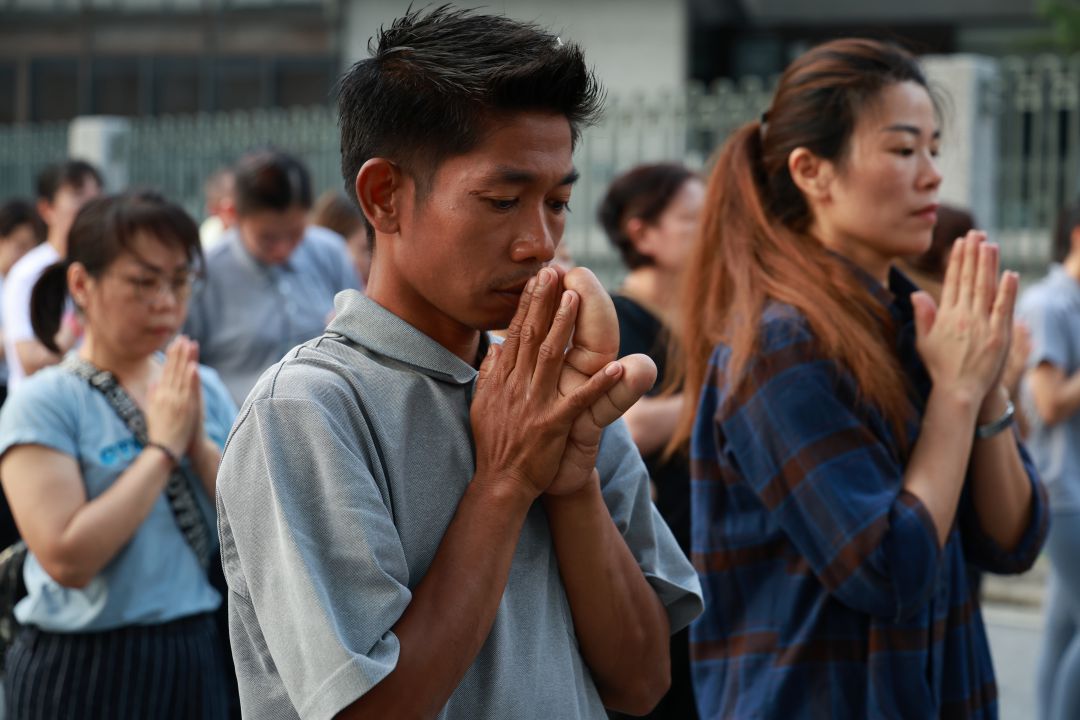
◎ Resolute faith-keepers
Another participant was volunteer Ng Yok Yeng, who had just completed her tenth round of chemotherapy the day before. Though unable to kneel, she bowed reverently carrying her IV drip.
“As long as I can participate, I certainly will,” she said, facing illness with equanimity, treating each step as an expression of gratitude towards life. “I don’t consider cancer an illness, and since it came to me, I’ll accept it with joy.” Her resilience was a living testament to the vows and actions Tzu Chi volunteers embody.
Also in the procession was Zaw Min Htike, a participant from Myanmar, with a visibly swollen and deformed left palm. Invited by his employer, he joined with palms folded and gaze lowered, silently repenting for past wrongs.
Although a recent earthquake struck his homeland, political unrest prevented him from returning. As a Tzu Chi volunteer himself, he could only pray to inspire more people to do good and foster peace in a troubled world.
◎ The pilgrimage within
The pilgrimage came to a close with the resounding recitation of the “Three Refuges” and the “Verse of Transference of Merit”. Every drop of sweat, every tear of reflection, and every moment of stillness was transformed into inner clarity and Dharma joy.
“A prostrating pilgrimage can quell disasters and bring blessings, rendering the heart pure and tranquil,” shared volunteer Chong Yoke Lian, adding that the journey mirrored that of spiritual cultivation, once begun, one must walk it with resolve to the very end.
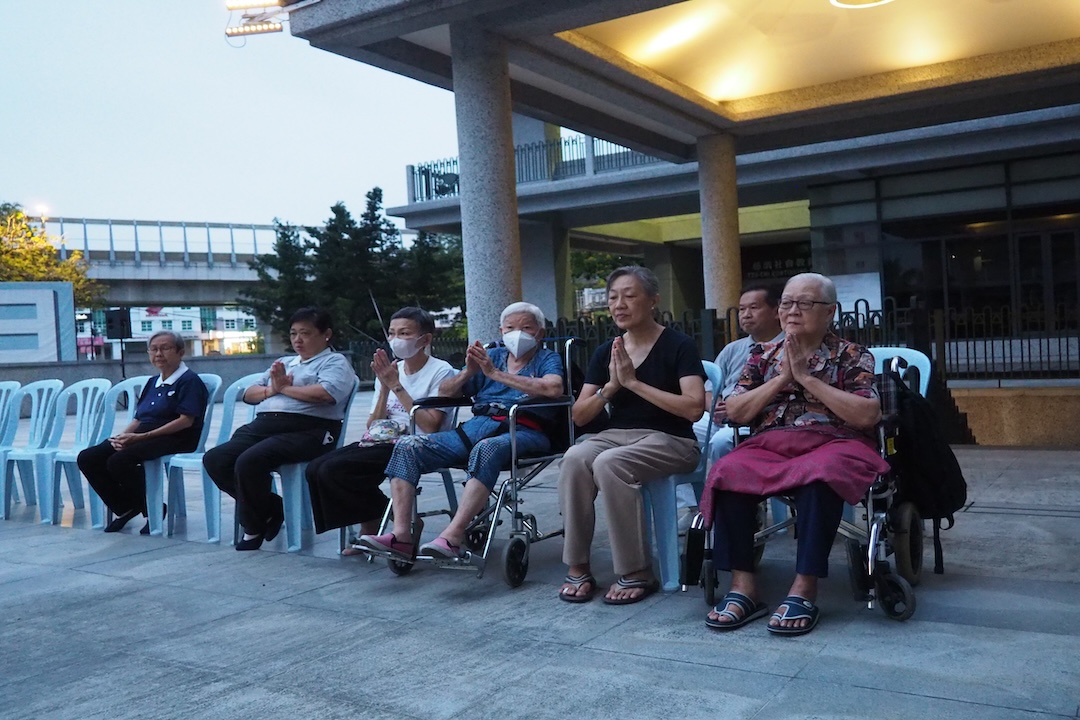
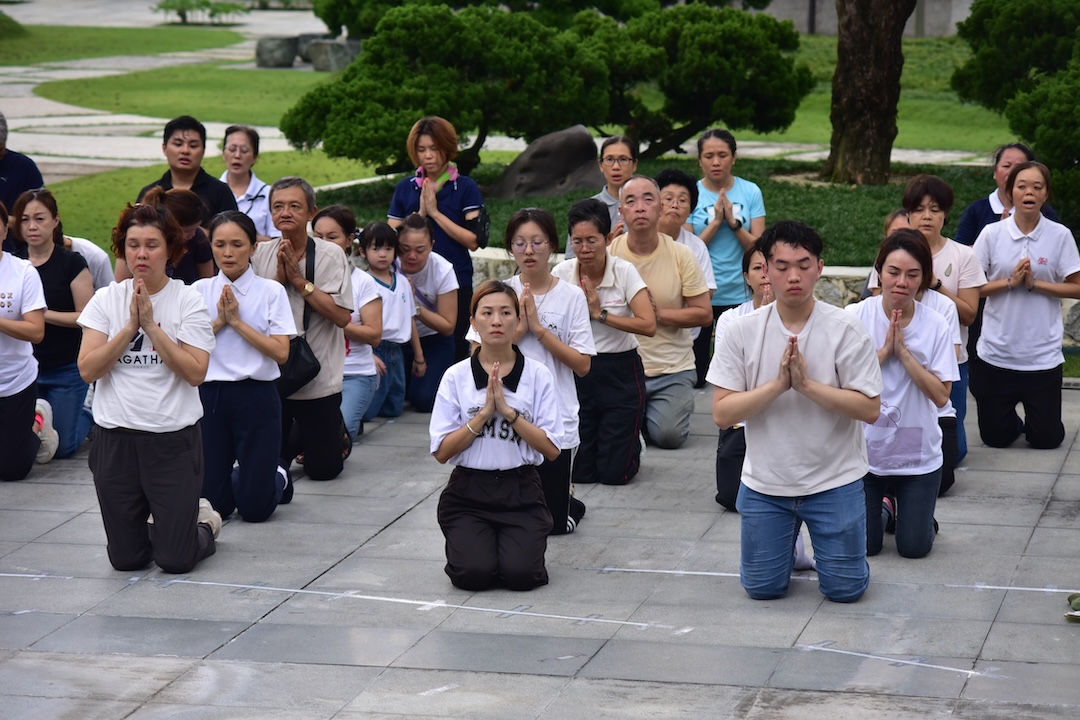
●
The destination of a prostrating pilgrimage is never merely arrival at sacred sites, but the awakening of aspiration and the act of cultivation. With each bow, we step onto the path of compassion, into a gentler, more awakened life.


![From the first step to the destination, the prostrating pilgrimage is a journey of seeking the Dharma, helping participants awaken their pure, innate nature. [photo by Shirley Tan Pei Ling] From the first step to the destination, the prostrating pilgrimage is a journey of seeking the Dharma, helping participants awaken their pure, innate nature. [photo by Shirley Tan Pei Ling]](/images/Articles/RW/2025/RW_KL20250426_cpl01_037.jpg)
